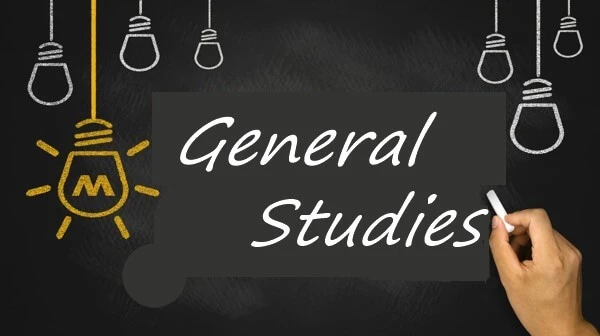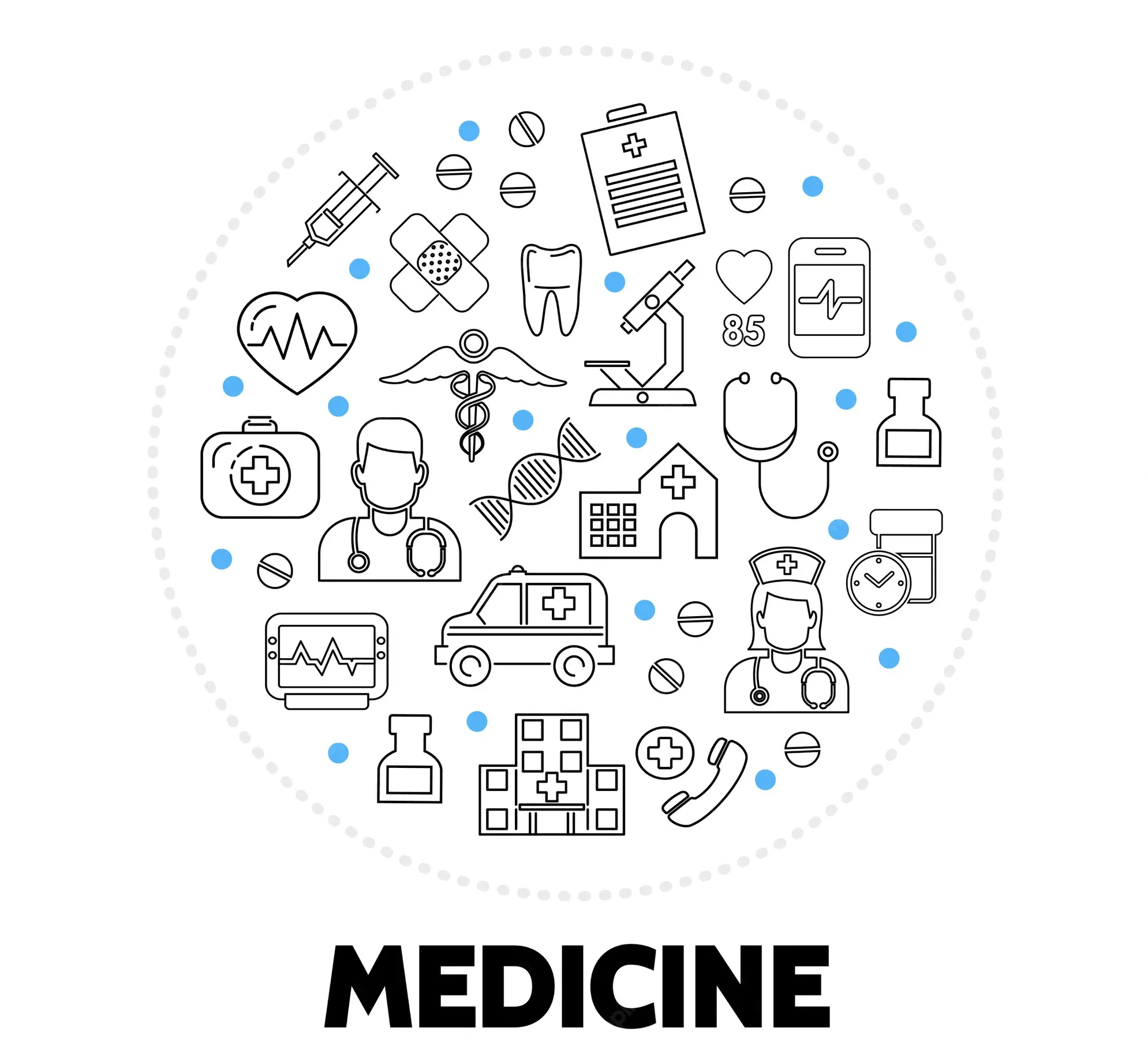Hydrogen Bonding Books
Shriver & Atkin's inorganic chemistry
Author: Peter Atkins, Tina Overton, Jonathan Rourke, Mark weller, Fraser Armstrong, Michael Hagerman
School: University of Ibadan
Department: Science and Technology
Course Code: CHE126
Topics: Inorganic chemistry, atomic structure, atomic orbitals, molecular structure, bonding, Lewis structure, valence bond theory, Molecular orbital theory, ionic solids, ionic bonding, semiconduction, acid, base, Brønsted acidity, Lewis acidity, oxidation, reduction, reduction potentials, redox stability, Molecular symmetry, isomerism, coordination compounds, chirality, spectroscopy, chemical analysis, Magnetometry, periodic trends, Group 1 elements, Group 2 elements, hydrogen, Group 13 elements, Group 15 elements, Group 14 elements, Group 16 elements, d-Block elements, Representative compounds, Electronic spectra, Magnetism, Coordination chemistry, Ligand substitution reactions, Ligand substitution, Redox reactions, Photochemical reactions, Lanthanoid chemistry, Actinoid chemistry, ligands, Solid-state chemistry, materials chemistry, Metal oxides, nitrides, fluorides, Chalcogenides, intercalation compounds, Hydrides, inorganic pigments, Semiconductor chemistry, Molecular materials, fullerides, catalysis, Homogeneous catalysis, Heterogeneous catalysis, Hybrid catalysis, Characterization, fabrication, Nanomaterials, nanoscience, nanotechnology, Self-assembled nanostructures, Bioinorganic nanomaterials, Biological inorganic chemistry, Catalytic processes, Biological cycles, Chelation therapy, nitrogen cycle, hydrogen cycle, acid-base catalysis, Tethered catalysts, Electrocatalysis, Alkene polymerization, Ammonia synthesis, Hydroformylation, Alkene metathesis
Lecture notes on material science
Author: EGR UNN
School: University of Nigeria, Nsukka
Department: Engineering
Course Code: MME201, EGR201
Topics: material science, materials, Atomic Structure, Interatomic Bonding, atomic model, bonding energies, bonding forces, ionic bonding, covalent bond, metallic bond, Polymorphism, Allotropy, crystal structure, Polycrystalline Materials, crystals, corrosion, electrochemical cell
Author: Bryan Earl, Doug Wilford
School: International Exams
Department: Science and Technology
Course Code: IGCSE
Topics: kinetic theory of matter, diffusion, compounds, experimental techniques, elements, separating mixtures, gels, sols, foams, emulsions, atomic structure, atomic bonding, Ionic bonding, covalent bonding, glasses, ceramics, metallic bonding, Stoichiometry, chemical calculations, relative atomic mass, reacting masses, calculating masses, moles, chemical equations, electricity, electrolysis, electroplating, chemical energetics, fossil fuels, chemical energy, cells, batteries, chemical reactions, enzymes, acid, base, alkalis, salt formation, crystal hydrates, salt solubility, titration, periodic table, Alkali metal, alkaline earth metals, halogens, noble gases, transition elements, metal, metal reactions, metal nitrate decomposition, metal carbonate decomposition, metal oxide decomposition, metal reactivity, metal waste, rusting of iron, air, water, ammonia, artificial fertilizer, water cycle, water hardness, sulfur, sulfur dioxide, sulfuric acid, inorganic carbon chemistry, limestone, carbonates, carbon dioxide, organic chemistry, alkanes, alkenes, Biotechnology, alcohols, Carboxylic acids, soaps, detergents, Condensation polymers, biopolymers, Pharmaceuticals, Experimental chemistry
Author: Ganiyat Oloyede
School: University of Ibadan
Department: Science and Technology
Course Code: CHE276
Topics: Chemistry, Fatty acids, fats, oils, lipids, fatty acids, iodine number, Unsaturated Fatty Acids, Unsaturated Fatty Acids melting points, saturated Fatty Acids melting points, Fatty Acid Synthesis, fatty acid reactions, oil Hydrogenation, oil hardening, Saponification, Saponification number, hydrolysis, esterification, Ester Exchange Reactions, Acidolysis, Alcoholysis, Glycolysis, Interesterification, oxidation, Transesterification, Auto-oxidation, photooxidation, rancidity, Ozonolysis, Epoxidation, Hydroxylation, Oxidative Cleavage, double bonds Hydrogenation, Catalytic Partial Hydrogenation, modfying fatty acid structure, Isomerization, Neighboring functional Group Participation, Friedel Crafts Acylation, Synthesis of Palmitin from Palmitic acid, Synthesis of Stearin (triglyceride) from Olein
General Chemistry ,11th edition
Author: Darrell Ebbing, Steven Gammon
School: Federal University of Agriculture, Abeokuta
Department: Science and Technology
Course Code: CHM101
Topics: chemistry, measurement, atoms, molecules, chemical formulas, chemical reactions, gaseous state, thermochemistry, quantu, theory, electron configuration, periodicity, ionic bonding, covalent bonding, molecular geometry, chemical bonding theory, states of matter, solutions, rates of reaction, chemical equilibrium, acid, bases, acid-base equilibria, solubility, complex-ion equilibria, thermodynamics, equilibrium, electrochemistry, nuclear chemistry, Main-group elements, transition elements, coordination compounds, organic chemistry, polymer materials
Fundamentals of Physics 3 lecture note
Author: PHY124 UNN
School: University of Nigeria, Nsukka
Department: Science and Technology
Course Code: PHY124
Topics: atomic model, atom, Bohr hydrogen atom, hydrogen ion, neutron, light, electron, photoelectric effect, quantum particle, Heisenberg uncertainty principle
Basic Principles of Inorganic Chemistry Lecture note
Author: CHM101
School: University of Nigeria, Nsukka
Department: Science and Technology
Course Code: CHM101
Topics: Inorganic Chemistry, atomic structure, quantum theory, electromagnetic radiation, light waves, quantum theory of light, photoelectric effect, Einstein's electromagnetic theory, atomic spectra, Bohr's atomic theory, Bohr's postulates, Bohr's assumptions, Bohr's theory, wave mechanics, Quantum numbers, Schroedinger ideas, electronic configuration, Pauli's exclusion principle, Aufbau process, atomic radius, ionization energy, electron affinity, hydrogen, nitrogen, oxygen, phosphorus, sulphur, chlorine, bromine, iodine, sodium, calcium, aluminum, iron, manganese, copper, zinc, nuclear chemistry, radioactivity, nuclear stability, radioactive decay, radioactive nuclide, carbon-14 dating, nuclear transformation, nuclear reactor, nuclear reaction, nuclear fission, atomic bomb, nuclear fussion, hydrogen bomb
Author: Robert thornton morrison, Robert Neilson Boyd
School: University of Ibadan
Department: Science and Technology
Course Code: CHE276
Topics: Organic Chemistry, chemical bond, quantum mechanics, atomic orbitals, electronic configuration, Pauli exclusion principle, molecular orbitals, covalent bond, hybrid orbitals, intramolecular forces, bond dissociation energy, homolysis, heterolysis, bonds polarity, melting point, intermolecular force, boiling point, solubility, acids, bases, isomerism, activation energy, hydrocarbons, methane structure, oxidation, heat of combustion, chlorination control, relative reactivity, reaction mechanisms, chlorination, free radicals, chain reactions inhibitors, transition state, molecular formula, chlorofluorocarbons, qualitative elemental analysis, quantitative elemental analysis, Alkene, free-radical substitution, ethane structure, Higher alkanes, alkyl groups, industrial source, Grignard reagent, halogenation, free radical stability, combustion, greenhouse effect, pyrolysis, cracking, alkane analysis, stereochemistry, stereoisomers, isomer number, tetrahedral carbon, optical activity, plane-polarized light, polarimeter, specific rotation, enantiomerism, chirality, chiral center, enantiomers, racemic modification, Diastereomers, meso structures, conformational isomers, optical purity, Alkyl halides, Nucleophilic aliphatic substitution, homolytic chemistry, heterolytic chemistry, Carbocations, Carbocations structure, alkyl halides analysis, alcohols, ethers, alcohol nomenclature, carbohydrates fermentation, Ethanol, alcohol preparation, alcohol reaction, alcohol oxidation, ethers preparation, Secondary Bonding, carbon-carbon double bond, Unsaturated hydrocarbon, ethylene structure, Propylene, Hybridization, orbital size, butylene, Geometric isomerism, alcohol dehydration, alkene reaction, hydrogen bromide addition, Hydrogenation, Electrophilic addition, Oxymercuration-demercuration, Hydroboration-oxidation, Alkene Free-radical polymerization, allylic Nucleophilic substitution, dienes, isoprene, isoprene rule, acetylene, Cyclic Aliphatic Compounds, cyclic compound stereoisomerism, cyclic ether, crown ethers, aromaticity, Benzene, aliphatic compounds, aromatic compounds, benzene structure, Kekule structure, Benzene ring, aromatic character, polynuclear aromatic hydrocarbons, Naphthalene, Quantitative elemental analysis, Electrophilic Aromatic Substitution, Friedel-Crafts alkylation mechanism, naphthalene electrophilic substitution, Aromatic-Aliphatic Compounds, Arenes, Spectroscopy, mass spectrum, electromagnetic spectrum, nuclear magnetic resonance spectrum, coupling consonants, chemical shift, aldehydes, ketones, Cannizaro reaction, Grignard reagents addition, Tetrahydropyranyl ethers, Iodoform test, Carboxylic Acids, Grignard synthesis, Dicarboxylic acids, acid chlorides, acid anhydrides, amides, esters, Transesterification, Aldol condensation, Wittig reaction, Crossed Claisen condensation, halides, ammonolysis, amide Hofmann degradation, Heterocyclic amines
Periodic properties of the atoms of an element
Author: CHM112 FUTMINNA
School: Federal University of Technology, Minna
Department: Science and Technology
Course Code: CHM112
Topics: electronic configuration, atomic orbitals, orbital diagram, Aufbau principle, Hund's rule, shielding effect, effective nuclear charge, diamagnetism, paramagnetism, Bohr's theory, Bohr model, correspondence principle, De broglie wavelength, De broglie equations, uncertainty principle, hydrogen atom, Schrodinger equation, classical praticles, quantum particles, Quantum numbers, Azimuthal Quantum Number, principal Quantum Number, Spin Projection Quantum Number, Pauli Exclusion Principle, Exclusion Principle, Physical Phenomena, covalent bonds, covalent compounds, Ionic Compounds, Hybridization, Pi bond formation, Pi bond, ethylene bonding
Concise Inorganic Chemistry, 5th edition
Author: JD Lee
School: University of Ilorin
Department: Science and Technology
Course Code: CHE127, CHE227
Topics: atomic structure, bonding, periodic table, ionic bond, covalent bond, metallic bond, coordination bond, hydrogen, hydride, alkali metal, alkaline earth metal, chalcogen, group 2 element, group 13 element, S-block element, P-block element, group 14 element, group 15 element, group 16 element, halogen, group 17 element, halogen oxide, noble gas, transition element, scandium group, titanium group, vanadium group, chromium group, manganese group, iron group, cobalt group, nickel group, copper group, zinc group, Bohr theory, Pauli exclusion principle, atomic spectra, Hund rule, solubility, conductivity, lattice energy, stochiometric defect, schottky defect, Lewis theory, octet rule, sidgwick-powell theory, VSEPR theory, isoelectronic principle, Heisenberg uncertainty principle, radial function, angular function
Departments

Administration, Social and Management science

Agriculture and Veterinary Medicine

Arts and Humanities

Education

Engineering

General studies

Law

Medical, Pharmaceutical and Health science

Science and Technology